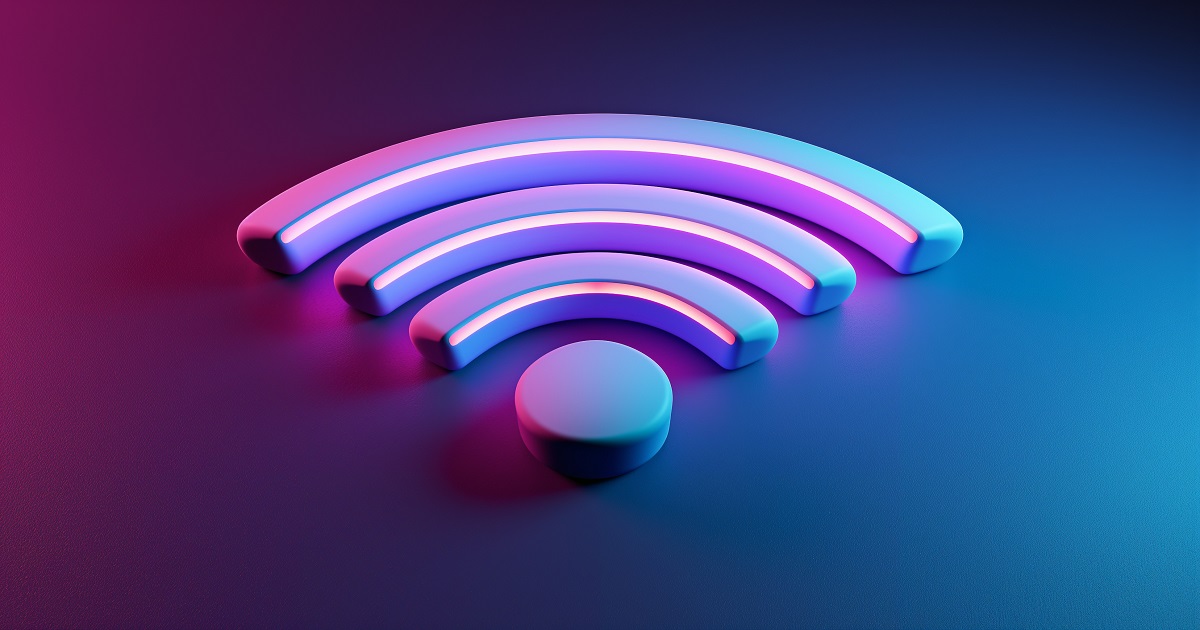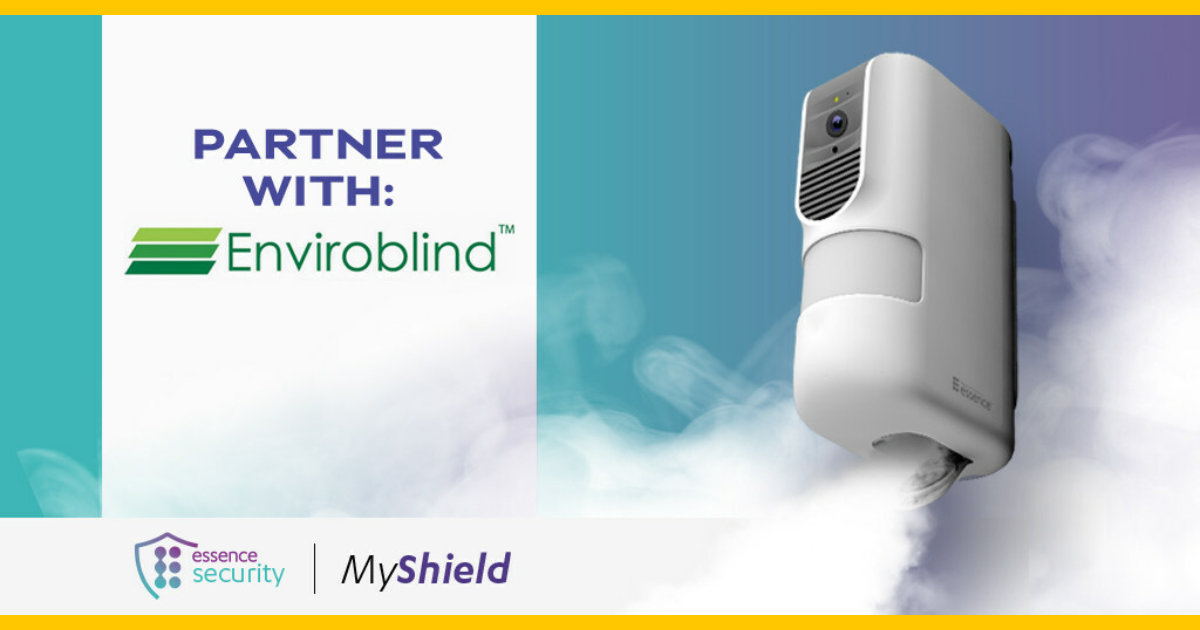
Picture this: You wake up to your alarm buzzing at 7 am. By the time you have had your shower and went down to the kitchen, a warm cup of freshly brewed coffee is waiting for you, along with a warm bagel. Your wall turns into a sound activated screen, from where, you can watch, read or listen to your morning news. There is a GPS in your car that notifies you if you are running late for a meeting. A few years, back, this might have seemed like a scene from a Sci-Fi movie.
This is the magic of internet and smart things and superb connectivity between them. A concept now called the Internet of Things, where everything from your alarm clock, coffee machine, your door, and the fridge are all talking to each other through the use of the internet.
We have fridges now, from whose door, you can not only look on the inside and see what food items you need but also order them right from that door. An order gets created and sent to your selected seller and a payment through your preferred mode is issued as well.
Amazon has come up with smart locks that can be unlocked by the delivery guy to safely put your parcel inside your home when you are not around.
Alexa, Google Assistant, and Siri are virtual assistants that can pretty much do everything for you, without you having to get onto your computer.
Smart things are giving way to smart cities and Industrial IOT. Cities and towns that function just like your tech savvy internet connected home. Businesses are also getting on board, where they are trying to get rid of physical servers and store their data in clouds. It’s not only the data that’s been stored in a cloud, but also the use of applications that can help a worker be connected from anywhere around the globe and access that same data, removing the need to be physically present at the office.
These are all wonderful advancements, that has created ease, flexibility, and helped in better work- life balance and increase human productivity. IOT will create new jobs and benefit the economy a great deal.
The IOT is essentially all the gadgets, devices and the many appliances we use, communicating with each other through the internet. This is a trend, a technology advancement that will continue to grow worldwide, until we have things, people, and places all interconnected.
However, security and data protection has been lagging. In a rush to grow and prioritize ease and fast turn arounds, we forgot to ponder on the pitfalls of all this development and create protection against them. With IOT and the IIOT came security threats, cyberattacks, and data hacks, that have left us all exposed and vulnerable. A friend of mine and her spouse, who came back from vacation, found that they were hacked. A cybercriminal accessed their online wallets and had been using their credit cards and having a blast shopping. My friend only found out, when she saw her credit card bills. They immediately disconnected all their devices from the network and had to block their accounts. Recovering from the attack was hard. They had to create silos in the network for their computers, storage servers, and gadgets and change passwords, as well as inform other people about the attack, and how potentially, their information could also be at stake. They are still trying to recoup the lost money. Catching the criminal is a whole other challenge.
Cyber attacks and data theft are not only happening to an individual or a household, but large international companies, with businesses across countries and top of the line IT software and hardware with the best of tech people, looking after their security and safety. They too have lost billions to data breaches. There is a cyber attack story, behind every big name you can think of, such as Target, Sony Pictures, Equifax, Yahoo, Home Depot, JP Morgan Chase, etc.
Cyber attacks contributed to cyberwars and attack on nations and their governments. Such as the war in Estonia, where the country was effectively cut off from rest of the world.
This brings us to the question: How do we continue being connected and still be safe?
There are some precautions we can take. As an individual, we can try to keep our data safe by using secure network connections, keeping our applications updated, avoiding public networks, using antivirus and antimalware softwares, and, most importantly, keeping ourselves informed and educated about latest developments and threats. Businesses can also do all of the above and more. They can limit employee data access to what is needed to get the work done, create data access silos, use two factor authentications, and make sure employees are given training in cyber security and safety. Especially with how everyone can now work from anywhere, the proper network access, usage of proxy servers and a keen eye on unauthorized access of network is crucial. People are the number one target for hackers, as they are the easiest; it’s human error that has usually allowed data theft and security attacks to happen.
But even with all these precautions, we should still expect cyberattacks. And for that same reason, we need to have a “Plan B”: a backup of our data. Alerts and warnings put in place to let us know as soon as a breach happens. Organizations should have a disaster recovery plan (DRP) and a DMZ zone set up. A marked drill date when the DRP is practiced and employees and vendors are prepared for the same. A business continuity plan is also a very important element, yet many businesses skip on this. But in times of cut off access, where even a day of interruption and down time can result in million dollars of lost revenue and liability of being sued, a practical business continuity plan becomes ever so important. Just like how a business should have a business continuity plan, so should an individual household.
There will continue to be new threats and hacks, making continuous improvement in our current practices and development of better software and hardware a top agenda. Closing of loopholes and eradication of backdoor access and bug fixtures will be a priority for a long time.
Edited by
Ken Briodagh





